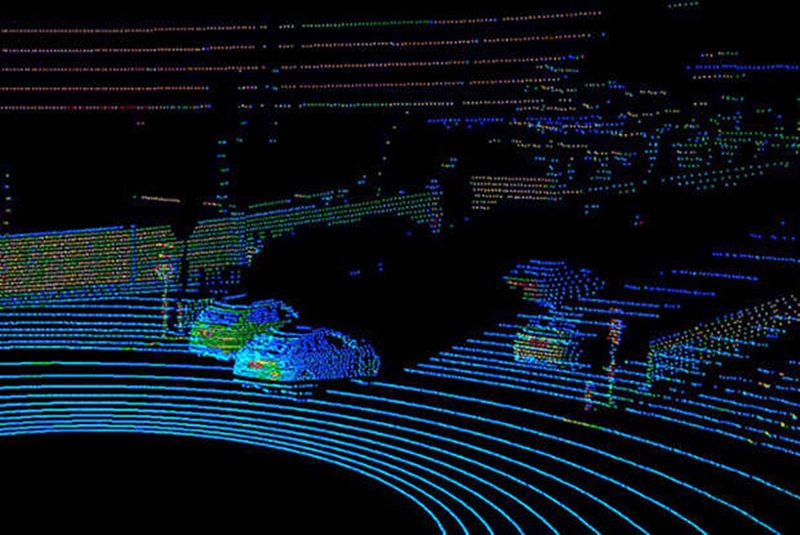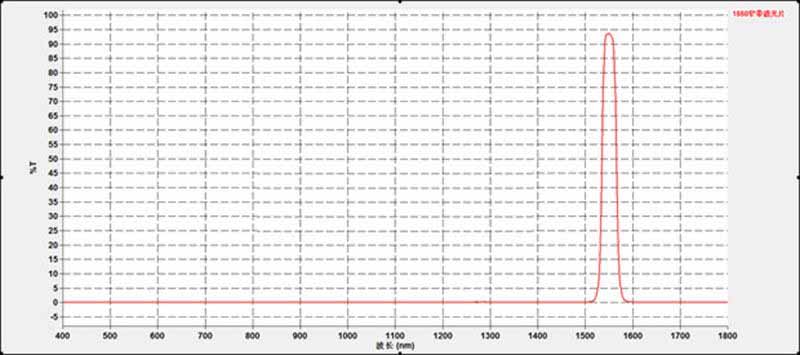Products News
Autonomous Driving Lidar Filters

With the rapid development of artificial intelligence and optoelectronic technology, many technology giants have entered the field of driverless cars, such as Google driverless cars and Baidu driverless cars. This has further developed and applied automatic driverless technology.
Automatic driverless cars are actually an organic combination of mechanical control functions, AI technology, and optoelectronic technology. Here, We will take you to further understand the role of laser radar (LIDAR) in automatic driverless cars and the application of optical filters in automatic driverless cars.
When we observe driverless cars, we will find that there will be a radar-like device on the top of the car. That is the glasses of driverless cars - laser ranging identification radar. Compared with passive vision (camera) systems, laser radar (LIDAR) can be used in complex environments such as large changes in light. Laser radar (LIDAR) uses a method called "time of flight measurement" for road recognition and measurement. The scanner of laser radar (LIDAR) emits multiple laser beams, and the laser in the laser radar emits an ultra-short laser pulse. Then the laser hits the objects around the vehicle and reflects back, so that the distance of the object is calculated. Another system at the bottom measures the acceleration, angular velocity and other data of the vehicle in three directions, and then calculates the position of the vehicle in combination with GPS data. All these data are input into the computer together with the images captured by the on-board camera, and the software processes these data at a very high speed to draw a point cloud image of the surrounding environment.
BORISUN as a high-tech oriented optical component manufacturer, has developed a variety of laser ranging radar filters for LiDAR: 808nm bandpass filter, 850nm bandpass filter, 940nm bandpass filter, 1550nm bandpass filter and other filters. For the research and development of LiDAR, we also cooperate with many optical teams in customized production, and can carry out targeted production and research and development for different optical filter needs.
FAQ:
Q: What is the difference between LiDAR and passive vision (camera) systems?
A:
Passive vision (camera) systems rely on complex algorithms for distance measurement, and have high requirements for ambient light changes, and their accuracy needs to be further verified; LiDAR uses the principle of time of flight for distance measurement, and has high accuracy.

RELATED NEWS
- Fully Automatic Chemiluminescence Instrument Filter 2024-10-30
- Ultraviolet UV-C band quartz glass sterilization filter 2024-10-30
- Laser Ranging Filters 2024-10-25
- Laser Welding Machine Filter 2024-10-25
- UV Light Isolation Filters 2024-10-25
CATEGORIES
LATEST NEWS
CONTACT US
Contact: Jessie
Phone: +86 13772020541
E-mail: info@borisun.com; jessie@borisun.com
Whatsapp:+86 13772020541
Add: First floor, dalanyingthermal insulation material factory, Shima Road, Hantai District, Hanzhong City, Shaanxi Province, China 723000
